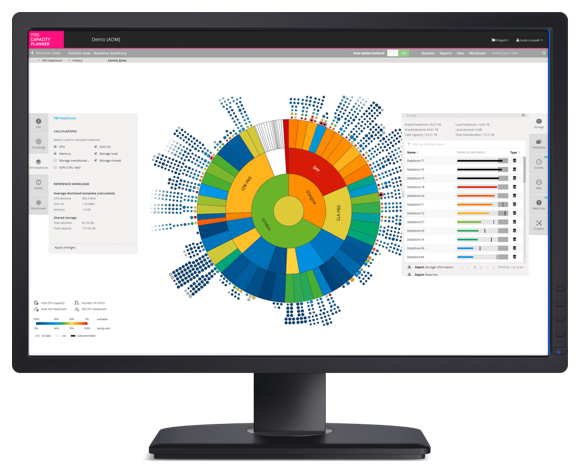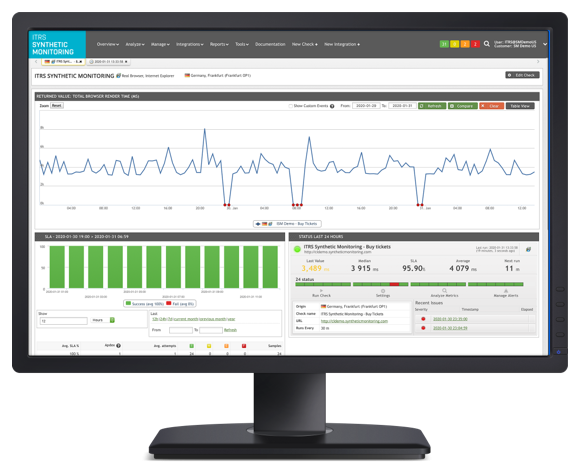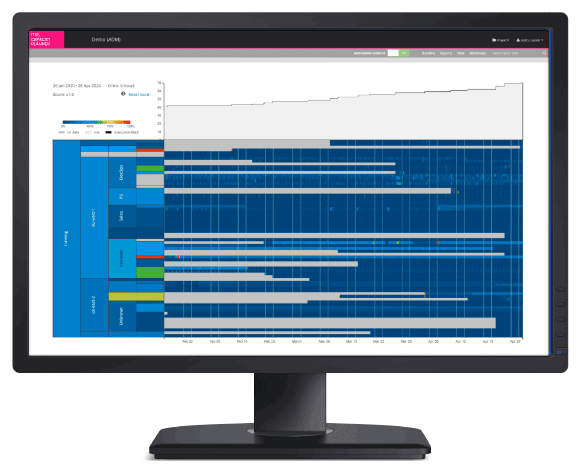Online Gaming
Strategy, simulation, sports or shooters: players have almost endless choice. But for operators, survival – via operational resilience – is the only game in town.
ITRS to acquire IP-Label. Read the press release.
Strategy, simulation, sports or shooters: players have almost endless choice. But for operators, survival – via operational resilience – is the only game in town.
The environment is changing fast. Online games are interactive, social and complex. Commercial-cloud gaming is taking off. Virtual, augmented and hybrid reality have arrived. As the GameTech ecosystem continues to expand and multiply so does the underlying demand for robust, fast and reliable connectivity. It doesn’t matter whether it’s a global eSport tournament, a strategic Sandbox session, or a massively multiplayer role player, when gameplay is interrupted no one survives. Successful online gaming is all about high speeds, low latency and exceptional reliability. And in the very online world of gaming, when a provider lets you down – everyone knows about it.
Serious gamers demand reliability, availability and, above all, performance. No lagging, no buffering, no interruption to gameplay.
They’ve already invested in serious hardware, and if your infrastructure degrades their experience, they’ll go elsewhere. And where the serious players go, the rest of the community soon follows.
In global gaming, there’s no predictable peak. A popular stream on Twitch, a massively multi-player living up to its name, or a burst of player-created content can all suddenly stress your capacity.
So, you need the tools and the techniques to handle whatever capacity challenges come your way.
In the world of gaming, milliseconds matter. Loot, environment, enemies and injuries can all change the dynamic and demand lightning-swift reactions.
Keep system latency low and gamers can respond to current game events. Let speeds drop, and it’s all old news. And that’s soon very bad news for operators.

Sometime capacity is easy to plan: the Fortnite World Cup or the drop of the latest game in a popular franchise will see user rates soar. But it’s expensive to maintain all that headroom all of the time.
The better option is ultra-reliable, high-capacity, and exceptionally resilient networks that can scale up – and scale down - on demand.
The ITRS Capacity Planner uses data from across your estate to model demand and forecast capacity. Using artificial intelligence, it reallocates network resources and optimises headroom across your estate. In partnership with the ITRS OP5 Monitor, it gives you the flexibility to meet fast-moving customer demand – without overspending on fixed capacity.

Gaming success depends on lightning-fast reactions, responses and reflexes, so there’s no tolerance when the network gets in the way.
Synthetic monitoring from ITRS simulates that experience, so you can make sure performance and availability meets their expectations. From the user entry-point to the supporting estate beneath, end-to-end synthetic monitoring means you’ll know what gamers experience at any moment. That means you can maintain that customer experience throughout your hybrid and virtual IT estate - and keep pace as the gaming evolution continues to place new and complex demands on your infrastructure.

As demand for commercial cloud gaming increases, so does the pressure placed on your technology stack. You need to optimise your virtual environment to meet demand without eliminating your margins.
Cloud Cost Optimisation (CCO) from ITRS ensures that your virtual capacity comes with cost control. As a feature within the ITRS Capacity Planner, CCO identifies wasted capacity and suggests improvements to your production estate. It spots intolerable bottlenecks in capacity and predicts future platform requirements. At the same time, ‘Forward Thinking’ scenario modelling shows the impact of demand across your services. Together, they enable you to minimise resource constraints, optimise cloud spend, and ensure cost-efficient growth.

Covid-19 has pressed the accelerator to the floor on digital engagement, and digital transformation is no longer a luxury but a necessity.

Digitization has transformed our world. Every organization wanting to deliver the services that customers and employees demand must protect its network. Any software you use to run your business needs to have a sufficient layer of security.